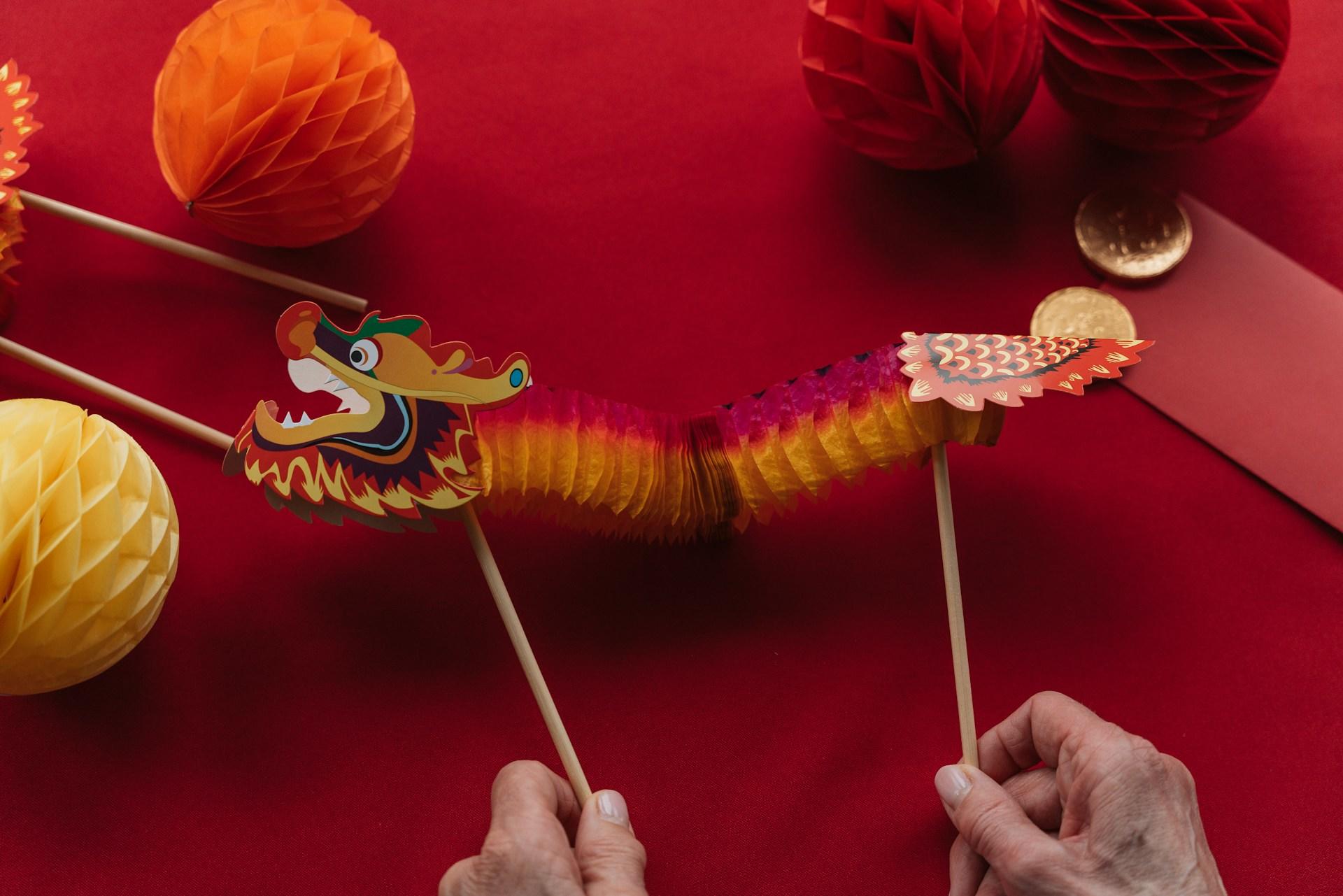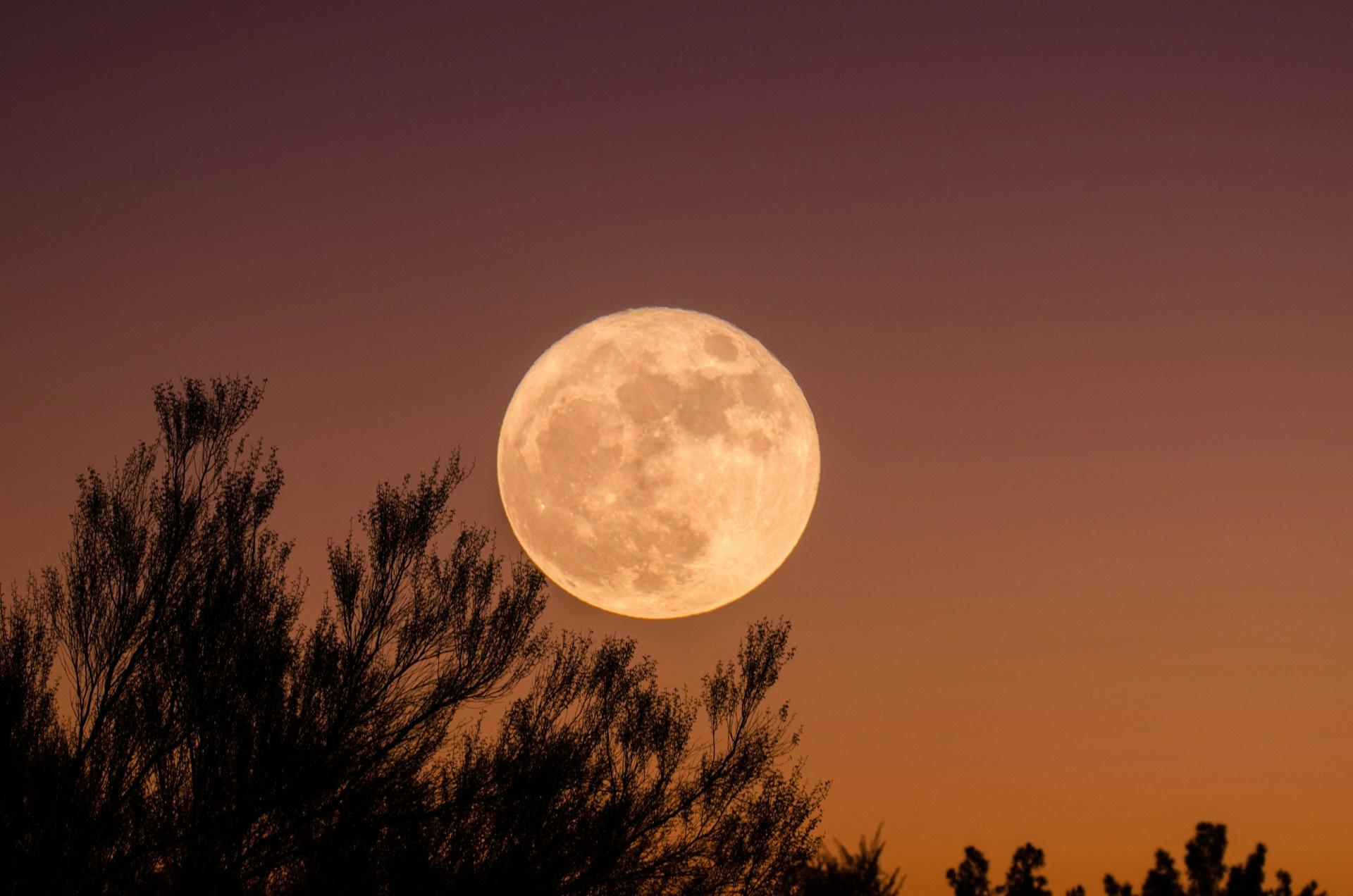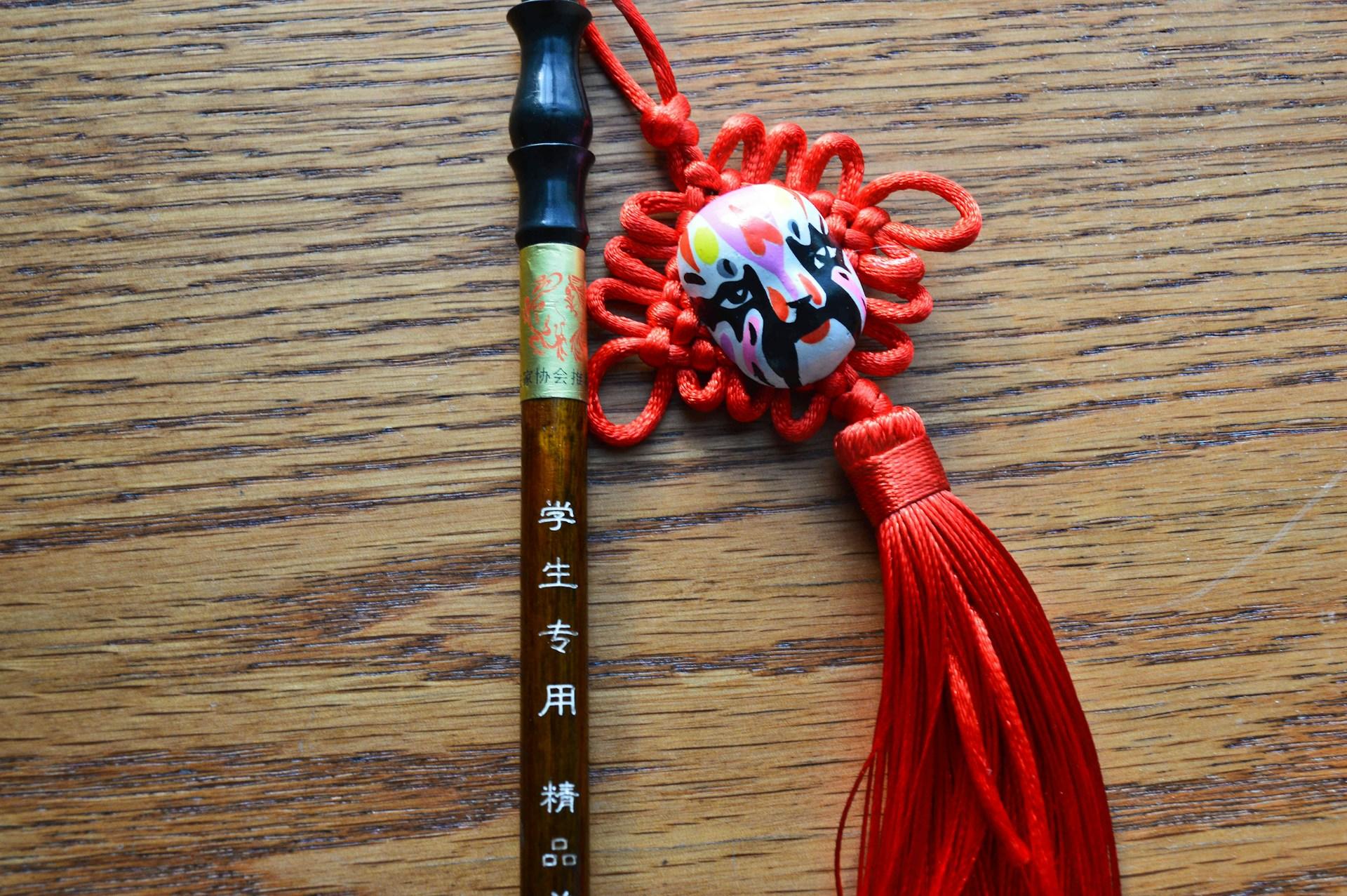Chinese New Year is the most important holiday in Chinese culture. It marks the beginning of a new Lunisolar calendar year, bringing with it wishes for prosperity, happiness, and togetherness. Each year is associated with one of 12 zodiac animals, shaping traditions and celebrations.
The festival is a vibrant mix of ancient customs, delicious foods, and meaningful rituals, all of which are designed to welcome good fortune and dispel bad luck. From the clatter of firecrackers to the exchange of red envelopes, every element of Chinese New Year holds cultural significance.
But how much do you really know about this exciting holiday? Test your knowledge with our quiz below, and find out if you’re a Lunar New Year novice or a festival expert!
Quiz
Quiz :
The Origins of Chinese New Year
The roots of Chinese New Year trace back to the Han Dynasty (202 BC–220 AD), when the first mention of New Year celebrations appeared in the book Simin Yueling (四民月令). The celebration was initially tied to agricultural cycles and the arrival of spring, these early practices emphasised community, renewal, and preparation for spring.
Legends also play a significant role in the festival’s origins. One popular story tells of the mythical beast Nian(年兽), a creature that terrorised villages until people discovered its weaknesses: loud noises, fire, and the colour red. These fears became the foundation for modern customs like setting off firecrackers, hanging red decorations, and performing dragon dances.
Over time, Chinese New Year evolved into a celebration not just for farmers and communities in China but for people worldwide. Today, it bridges ancient practices with modern festivities, making it a cultural cornerstone.
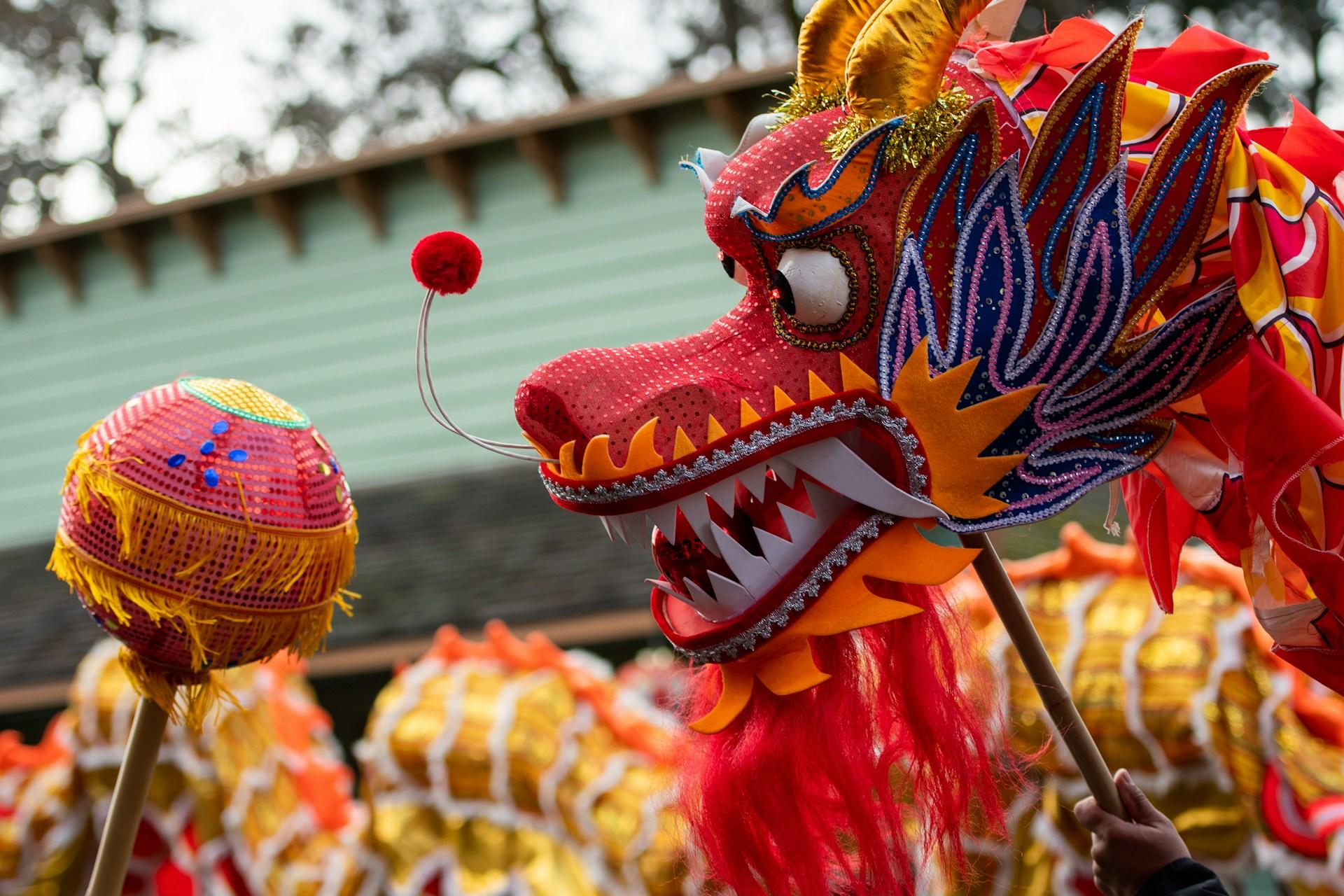
How Families Celebrate Today
While rooted in tradition, Chinese New Year celebrations vary widely across regions and families. Central to the holiday is the reunion dinner(年夜饭), where families gather to share a meal on New Year’s Eve. This feast often includes symbolic dishes like dumplings for wealth, fish for abundance, and glutinous rice cakes for progress.
Homes are thoroughly cleaned before the New Year to sweep away bad luck from the previous year, while the actual holiday is reserved for joy and relaxation. Red envelopes (红包) are gifted to children and unmarried relatives, symbolising blessings and prosperity for the year ahead.
The festival lasts for 15 days, culminating in the Lantern Festival(元宵节) on the 15th day of the first lunar month. Communities celebrate with lantern displays, lion dances, and sweet rice balls called tangyuan(汤圆), symbolising unity and harmony.
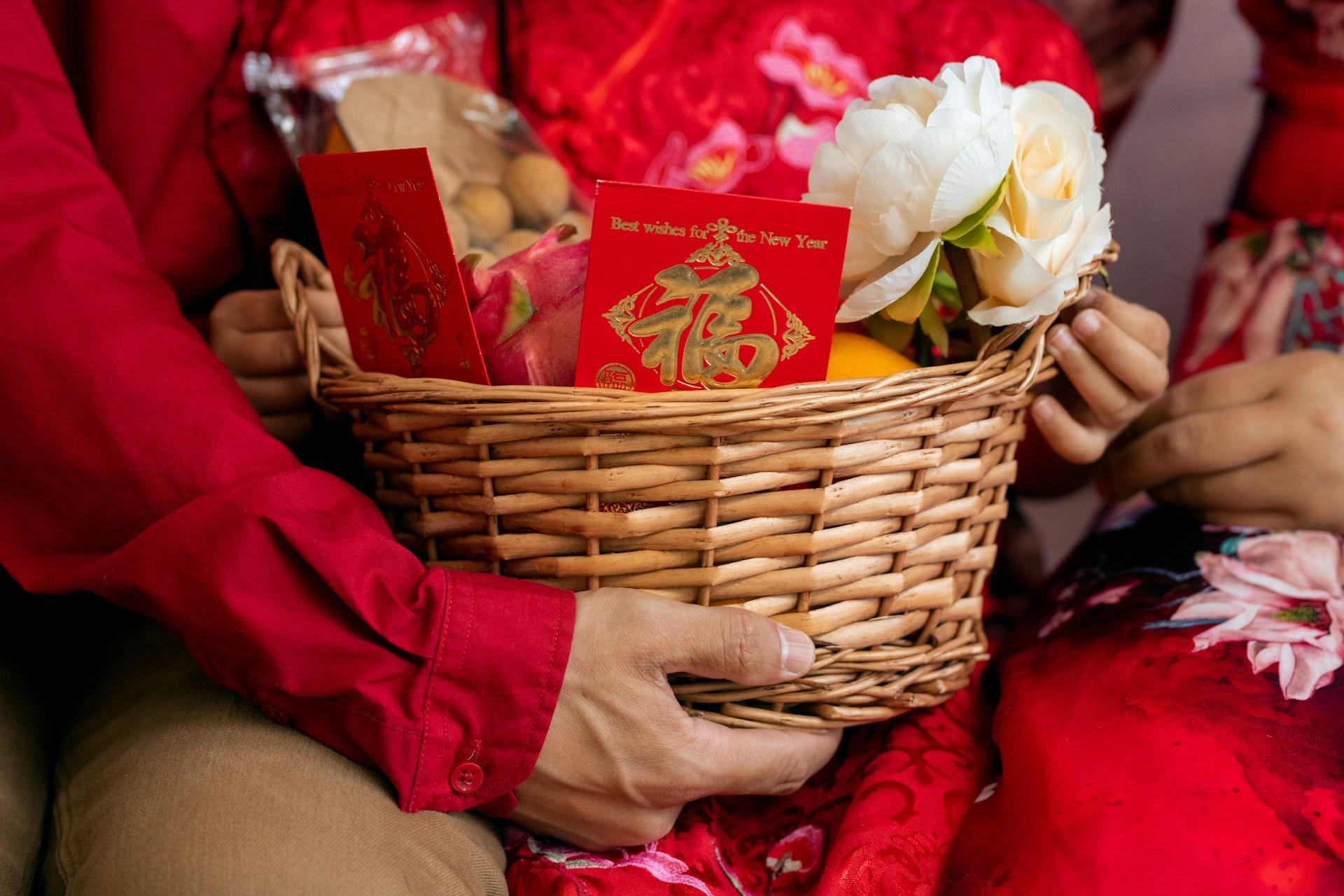
Chinese New Year is more than just a holiday, it’s a celebration of renewal, family, and cultural heritage. Whether you’re participating in the festivities for the first time or deepening your appreciation of the traditions, there’s so much to enjoy and learn. How did you do on the quiz? Share your results and celebrate the joy of discovery this Spring Festival!

